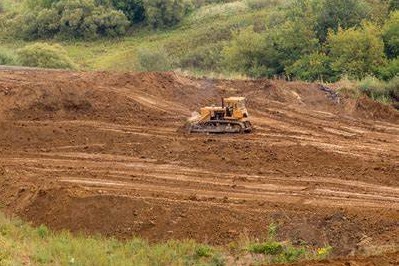Introduction:
As stewards of the environment, it is our responsibility to cultivate landscapes that not only enhance our quality of life but also support the health and well-being of the ecosystems around us. Sustainable landscaping practices prioritize the preservation and care of existing trees, recognizing their invaluable contributions to biodiversity, air quality, and urban resilience. In this guide, we’ll explore the integral role of tree care in sustainable landscaping and how adopting proactive tree maintenance strategies promotes environmental sustainability and ecosystem health.
The Importance of Tree Care:
- Preservation of Ecosystem Services: Trees provide a multitude of ecosystem services, including carbon sequestration, air purification, soil stabilization, and habitat provision. By caring for existing trees, we safeguard these vital ecosystem functions and support the health of urban and natural environments.
- Urban Heat Island Mitigation: Trees play a crucial role in mitigating the urban heat island effect by providing shade, reducing surface temperatures, and cooling the surrounding air through evapotranspiration. Proper tree care ensures that urban forests remain resilient and effective in combating heat stress in urban areas.
- Water Management: Well-maintained trees help regulate water flow, reduce stormwater runoff, and prevent soil erosion, thereby improving water quality and minimizing the risk of flooding. Tree care practices such as mulching, pruning, and proper irrigation contribute to effective water management and watershed protection.
- Enhancement of Aesthetic Value: Healthy, well-groomed trees enhance the aesthetic appeal of landscapes, creating visually pleasing environments that foster a sense of well-being and connection with nature. Tree care promotes the beauty and biodiversity of green spaces, making them more inviting and enjoyable for residents and visitors alike.
Essential Tree Care Techniques:
- Pruning and Trimming: Regular pruning and trimming help maintain tree health, structural integrity, and aesthetic appeal by removing dead, diseased, or overgrown branches. Proper pruning techniques promote healthy growth, reduce the risk of limb failure, and enhance the tree’s natural form and beauty.
- Mulching: Applying a layer of organic mulch around the base of trees conserves soil moisture, regulates soil temperature, and suppresses weeds. Mulching also enriches the soil with organic matter, promotes root development, and reduces the need for irrigation and fertilization.
- Watering: Providing adequate water is essential for tree health, especially during periods of drought or heat stress. Deep watering encourages deep root growth, improves drought tolerance, and helps trees withstand environmental challenges.
- Soil Management: Maintaining soil fertility and structure through practices such as soil testing, fertilization, and aeration ensures that trees have access to essential nutrients and oxygen. Healthy soil supports robust root systems and enhances the overall health and vitality of trees.
Investing in Sustainable Landscaping:
- Educate and Empower: Educate yourself and others about the importance of tree care and sustainable landscaping practices, and empower communities to take action through education, outreach, and community engagement initiatives.
- Prioritize Tree Preservation: Whenever possible, prioritize tree preservation and incorporate existing trees into landscape design and development plans. Protecting mature trees and green spaces preserves biodiversity, enhances ecosystem services, and fosters a sense of place and identity within communities.
- Partner with Professionals: Collaborate with certified arborists, landscape architects, and tree care professionals to develop comprehensive tree care plans tailored to your specific needs and goals. Professional expertise ensures that tree care practices are implemented effectively and in accordance with industry standards and best practices.
- Embrace Sustainable Practices: Embrace sustainable landscaping practices such as composting, native plant landscaping, and integrated pest management to minimize environmental impact, conserve resources, and create resilient, healthy landscapes that thrive for generations to come.
Conclusion:
Tree care is a cornerstone of sustainable landscaping, fostering environmental stewardship, and promoting the health and resilience of urban and natural ecosystems. By investing in tree care practices that prioritize preservation, maintenance, and ecosystem health, we can cultivate landscapes that enrich our lives, support biodiversity, and sustain the planet for future generations.





